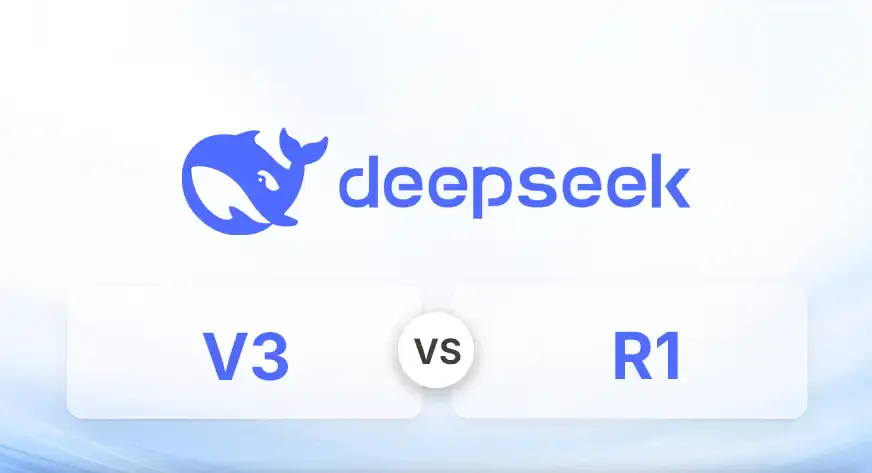
DeepSeek has developed two advanced AI models, DeepSeek R1 and DeepSeek V3, each tailored for specific applications. While both leverage deep learning, they differ in their architectures, performance, and ideal use cases. This article will compare these two models in depth, highlighting their strengths and best use cases.

DeepSeek R1 is ideal for applications that require logical deduction, problem-solving, and structured reasoning. This makes it particularly useful for fields like mathematics, law, and high-level research【44】.
DeepSeek V3 is better suited for large-scale AI applications, such as conversational AI, content generation, and global-scale Natural Language Processing tasks.
| Feature | DeepSeek R1 | DeepSeek V3 |
|---|---|---|
| Best For | Logical reasoning, academic research | NLP, multilingual AI, content generation |
| Training Efficiency | Higher cost, reinforcement learning-based | Cost-effective FP8 precision training |
| Computational Power | Requires significant resources | More efficient due to MoE |
| Performance | Strong logical problem-solving | High speed and scalability |
From the table above, DeepSeek R1 is superior for logic-based tasks, whereas DeepSeek V3 provides cost-effective, high-performance NLP capabilities【44】.
Both DeepSeek R1 and DeepSeek V3 represent cutting-edge advancements in AI, but they serve different purposes. If you need logical depth and problem-solving accuracy, R1 is the better choice. If you require speed, scalability, and multilingual capabilities, V3 is the way to go.
Would you like to see a real-world implementation case study of either model? Let us know in the comments!